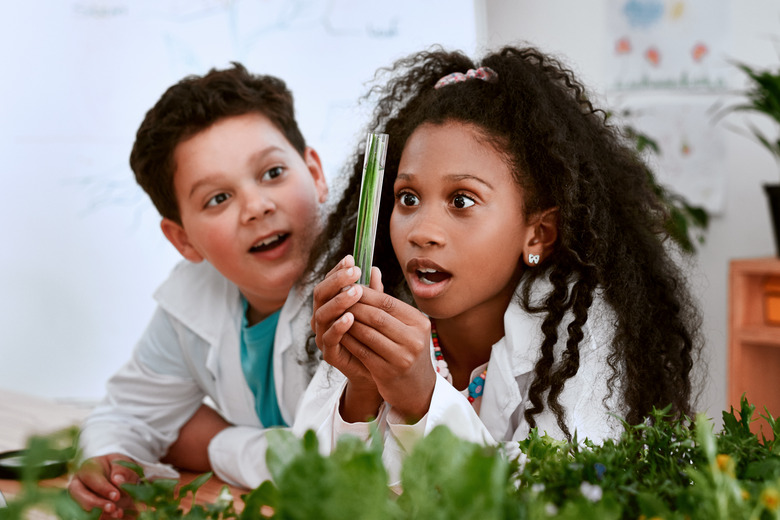Preschool Blubber Experiment
Blubber is the fat layer beneath the skin of many sea animals, such as whales, sea lions and penguins, that helps keep them warm in frigid weather. A blubber experiment not only serves the educational needs of your preschooler, but also gives a practical hands-on experience that a preschooler loves.
Background
Background
Explain what blubber is, which animals have it and what its purpose is. The experiment will be much more meaningful when children learn what blubber is. Ask the children what will happen if they put their hands in icy cold water, then explain that you will make blubber for their hands and check whether it works.
Blubber Bag Experiment
Blubber Bag Experiment
This blubber bag experiment requires two self-sealing plastic bags, some Vaseline or shortening, ice cubes in a tub of water and duct tape. Turn one plastic bag inside out and insert it into the other bag and align the edges of the two bags. The reversal of the first bag will enable the edges of the bag to be zipped with the adjacent edge of the second bag. Fill the space between the two bags with Vaseline or shortening, then seal both sides. Duct-tape the ends to prevent entry of water into the pouch. Ask a preschooler to insert her hand in the pouch, then put the pouch into the tub of ice. You can insert her other hand in another plastic bag and tape the end. Insert this "control" hand in the ice tub and ask whether she feels the cold. Ask her whether the blubber protects her hand.
Blubber Glove Experiment
Blubber Glove Experiment
The blubber glove experiment uses real gloves; it is a messy but fun way to learn about blubber. You need a pair of rubber gloves, one latex surgical glove, a tub of ice water and Vaseline or shortening. Put Vaseline or shortening in all the fingers of one rubber glove. Put the latex surgical glove on one hand of a preschooler and insert the gloved hand into the shortening-filled rubber glove (make your blubber foolproof by adding more shortening to make up for any that oozes out when you insert your preschooler's hand). Put the rubber glove with no Vaseline on the child's other hand; this would serve as the control. Put her gloved hands into the tub of ice water and ask your preschooler whether she can feel the cold in either hand. Ask whether the blubber protects her hand.
Discussion
Discussion
Talk with your preschoolers about other uses for blubber and why some animals need to protect themselves from the cold. For example, penguins use blubber for food storage for the lean periods when food is unavailable. Whales migrate from warm waters to cold waters and the blubber helps them keep their body temperature constant.
Cite This Article
MLA
Stewart, David. "Preschool Blubber Experiment" sciencing.com, https://www.sciencing.com/preschool-blubber-experiment-10042393/. 22 November 2019.
APA
Stewart, David. (2019, November 22). Preschool Blubber Experiment. sciencing.com. Retrieved from https://www.sciencing.com/preschool-blubber-experiment-10042393/
Chicago
Stewart, David. Preschool Blubber Experiment last modified March 24, 2022. https://www.sciencing.com/preschool-blubber-experiment-10042393/
